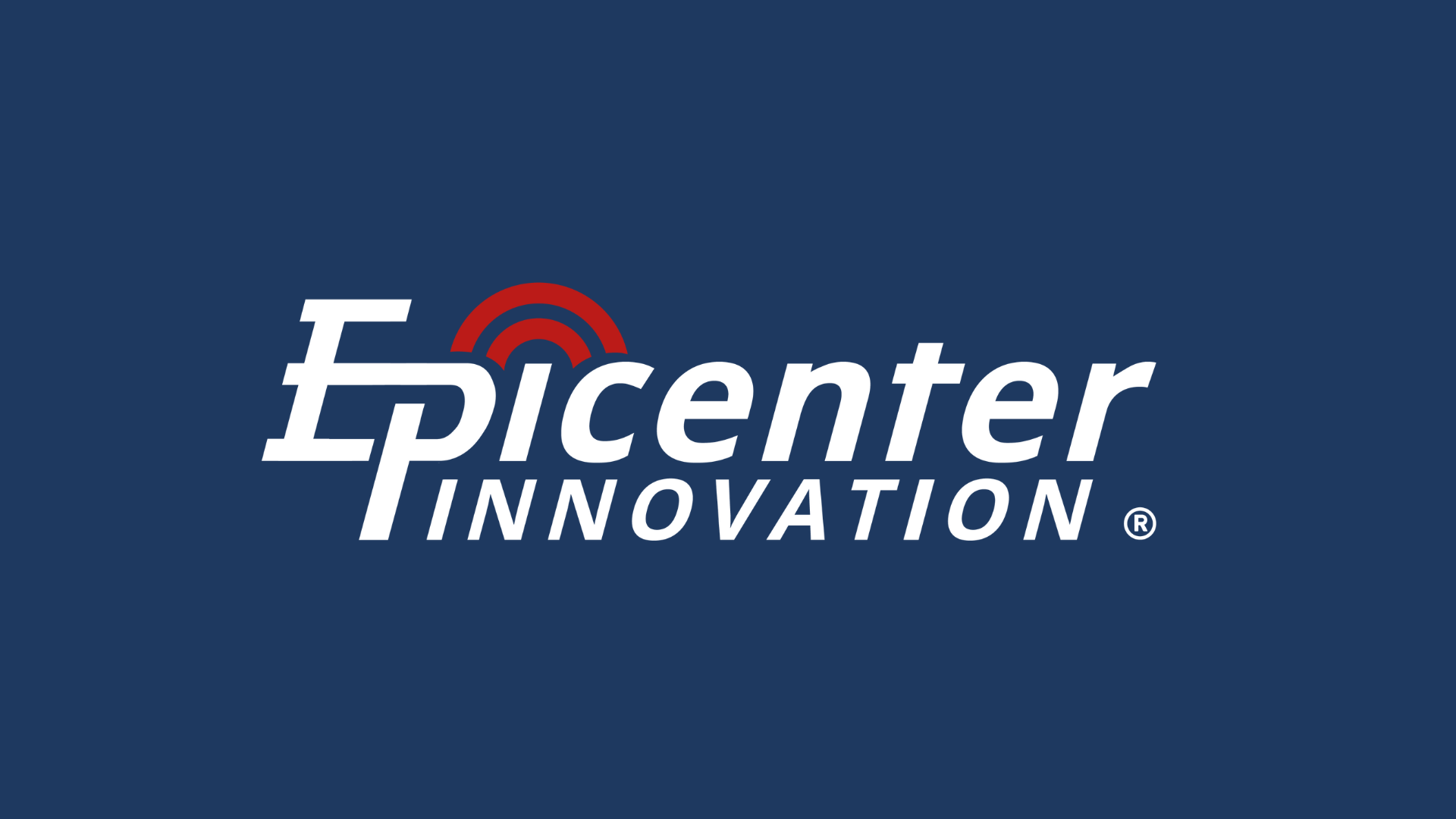Comparing Assessments
RITA & Motivational Style & Values Assessment
Motivation and values play a crucial role in our personal and professional lives, shaping our behaviors, decisions, and overall satisfaction. Two powerful assessment tools that delve into these aspects of human psychology are the Resilience Innovator® Type Assessment and the Motivational Styles & Values Assessment. In this article, we will compare and contrast these two assessments, examining their purpose, applications, and potential benefits in understanding motivation and values.
What is the Motivational Styles & Values Assessment?
The Motivational Styles & Values Assessment is a tool developed by Internal Change to uncover an individual’s motivational styles and core values. It helps individuals understand what drives them, what they value most, and how these factors shape their behaviors, preferences, and decision-making processes.
How Can I Use the Motivational Styles & Values Assessment?
The Motivational Styles & Values Assessment is utilized in various contexts, such as career development, personal growth, and team building. It provides individuals with a deeper understanding of their intrinsic motivators and values, enabling them to align their choices and actions with what truly matters to them. Additionally, teams can leverage this assessment to enhance communication, collaboration, and motivation by recognizing and respecting the diverse motivational styles and values within the group.
What is RITA?
The Resilience Innovator® Type Assessment (RITA) is a personality assessment tool. It identifies an individual’s Resilience Innovator® archetype, of which there are ten. These archetypes represent different approaches to resilience, problem-solving, and innovation, with each type having its unique strengths and preferences.
How Can I Use RITA?
RITA is specifically designed to assess an individual’s resilience level and innovation style and can be used in various contexts, such as innovation and entrepreneurship training, organizational development, and leadership development. It can help individuals understand their reactions to stressful environments, their natural innovation tendencies, their strengths in the innovation process, and their areas for growth. It can also facilitate effective teamwork and collaboration by bringing together individuals with complementary innovation styles.
What are the similarities between RITA and the Motivational Style & Values Assessment?
RITA and the Motivational Style & Values Assessment are both concerned with personal growth. RITA is interested in shedding light on an individual’s unique personality in stressful situations while the Motivational Style & Values Assessment provides insight into an individual’s motivating factors that drive their personality and work. Both tools provide a starting point for personal and professional growth.
What are the differences between RITA and the Motivational Style & Values Assessment?
- Focus: The Resilience Innovator® Type Assessment primarily focuses on an individual’s, while the Motivational Styles & Values Assessment delves into intrinsic motivators and core values that drive an individual’s behaviors and decision-making.
- Innovation vs. Values: The Resilience Innovator® Type Assessment emphasizes resilience and innovation to become more collaborative, while the Motivational Styles & Values Assessment focuses on understanding personal motivations and values to enhance personal growth and alignment with one’s true self.
- Archetypes vs. Motivational Styles: The Resilience Innovator® Type Assessment employs ten archetypes to categorize personality in times of stress, whereas the Motivational Styles & Values Assessment explores a range of seven motivational styles and values that reflect an individual’s core drivers.
- Applications: The Resilience Innovator® Type Assessment benefits innovation-driven environments, entrepreneurship, and leadership development, while the Motivational Styles & Values Assessment aids in personal growth, career development, and fostering a values-driven organizational culture.
In conclusion, both the Resilience Innovator® Type Assessment and the Motivational Styles & Values Assessment contribute to our understanding of motivation and values, albeit with different focuses and applications. The Resilience Innovator® Type Assessment empowers individuals to leverage their innovation strengths, foster collaboration, and adapt to changing environments. The Motivational Styles & Values Assessment delves into intrinsic motivations and values, enabling individuals to align their choices and actions with their authentic selves. By combining these assessments, individuals and organizations can gain a comprehensive understanding of their innovation styles, motivations, and values, leading to greater self-awareness, personal growth, and alignment with their true purpose.
About Epicenter INNOVATION
Epicenter Innovation® is an award-winning professional services firm driven by human-centered, resilience-focused innovation. Our team is here to help you implement a proven framework for creating impact & unlocking the potential of your people.
We’re the connective tissue between organizations that produce technology and those in the field using it. By working on both sides of the public/private-sector divide, we serve as translators & change-makers at all phases of the disaster management lifecycle – driving human-centered, resilience-focused innovation before, during, and after major incidents.
How Can We Help Your Organization?
Book a Call With the Epicenter Innovation Team
Read More
Top 10 Tips to Increase Personal Resilience
Inrceasing your resilience shouldn't be hard, but where do you start? We've got some easy ways to get you going on your resilience journey.
Top 10 Tips for Making Your Team More Innovative
Innovation is vital to having your work make an impact, but it shouldn't be hard. These ten easy tips will help foster an innovation culture for your team to thrive.
Exploring Innovation in Resilience-Building Practices
We've known for a while that resilience and innovation go hand-in-hand. But how? Learn in this short article.


